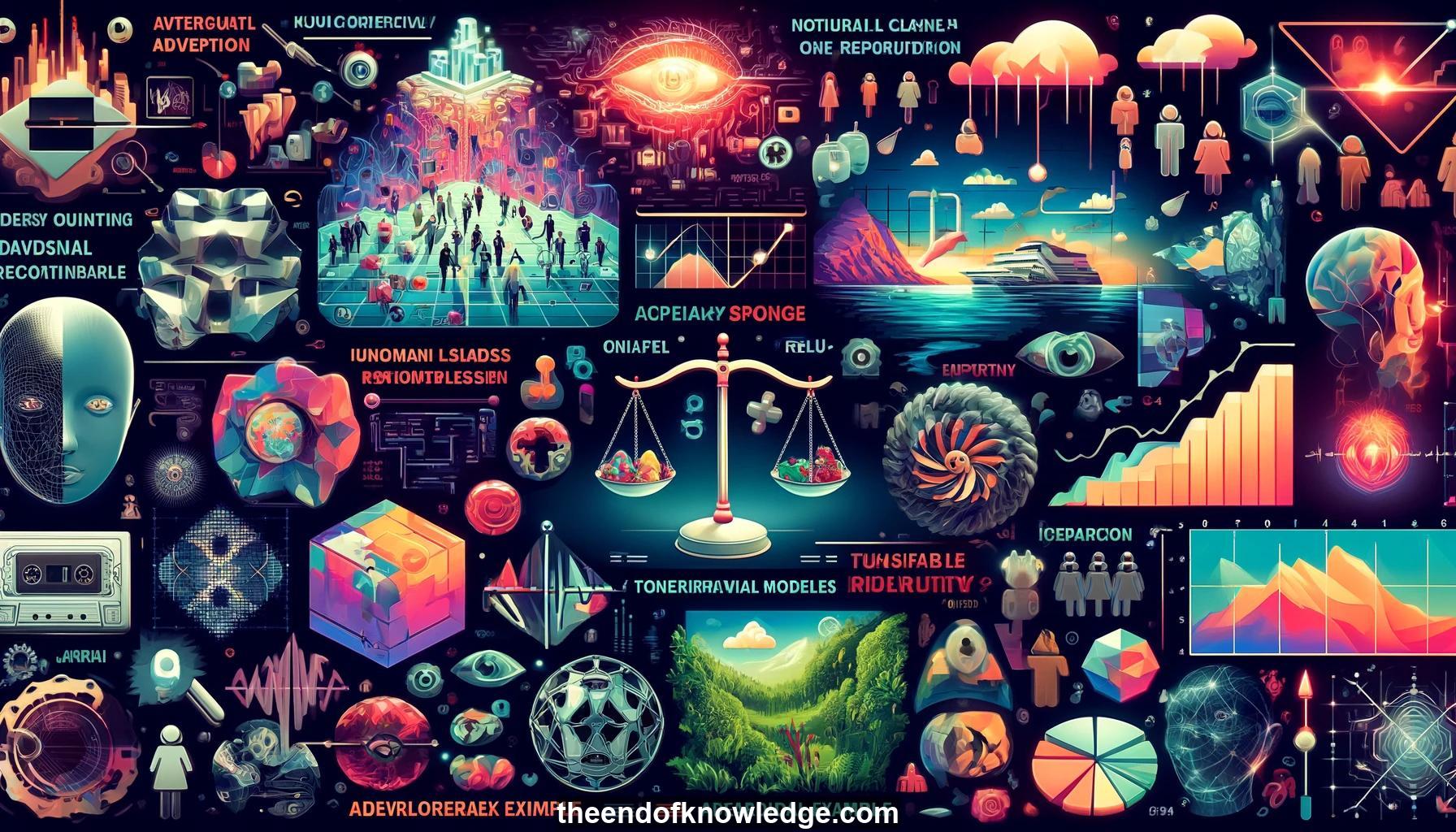 >
>
Concept Graph & Resume using Claude 3.5 Sonnet | Chat GPT4o | Llama 3:
Resume:
1.- Open category detection is important for machine learning systems to recognize novel classes not seen during training.
2.- Adversarial examples are a problem for deep learning models. The underlying causes are still being investigated.
3.- Open set recognition requires balancing empirical risk and open space risk, the risk of labeling unknown inputs as known classes.
4.- Adversarial examples are imperceptibly close to real inputs but drastically change the model's prediction. They may be inevitable in high dimensions.
5.- Adversarial examples can be generated by attacking the model's internal representations, not just the output layer. This makes them more transferable.
6.- The underlying cause of adversarial vulnerability is still unclear. Hypotheses like aliasing or reliance on unstable features have been ruled out.
7.- Adversarial examples occur naturally, not just artificially. Minor input changes can correct misclassified natural images.
8.- ReLU activations going towards infinity in open space may contribute to adversarial vulnerability. Tent activations which go up then down may help.
9.- Robustness to distribution shift and out-of-distribution detection are important challenges as machine learning systems are deployed in the real world.
10.- Humans are much more robust to adversarial perturbations than current deep learning models. Mimicking human visual processing could improve model robustness.
11.- Causality and building generative models of the world that capture abstract invariances may help achieve human-like robustness in machine learning systems.
12.- As more people use machine learning, we need to democratize not just the tools but also understanding of reliability and robustness.
13.- Machine learning systems are often deployed in dynamic environments that can induce problematic dataset shifts degrading performance.
14.- Examples of problematic dataset shifts include changes in population, treatment policies, measurement devices, and more.
15.- Reactive approaches to dataset shift like continually adapting the model are problematic when mistakes are costly. Proactive approaches are preferred.
16.- Graphical models provide an intuitive framework for representing arbitrary dataset shifts in terms of unstable pathways between variables.
17.- The goal is to learn models that are invariant to pre-specified problematic shifts. Simply using stable features is too conservative.
18.- There is a hierarchy of shift-stable distributions, from graph pruning to interventional to counterfactual, capturing more stable information.
19.- An algorithm is presented that takes data and a causal graph specifying shifts and returns a stable predictor invariant to those shifts.
20.- The algorithm tells you what conditional distributions to estimate from data and combine to obtain a stable interventional distribution.
21.- The procedure is sound (guaranteed invariance to specified shifts), complete (if it fails, no other invariant predictor exists), and optimal.
22.- Unobserved confounding can prevent finding a stable predictor. Measuring confounders or relaxing invariance requirements are potential solutions.
23.- A pneumonia prediction example illustrates learning a predictor invariant to hospital department by conditioning on stable radiograph features.
24.- The optimal stable interventional predictor improves on graph pruning by capturing more stable information, but may still be suboptimal.
25.- Counterfactual distributions can provide an even better stable predictor by keeping more non-problematic pathways, but are harder to estimate.
26.- Estimating counterfactual distributions involves fixing problematic variables and inferring counterfactual states of others, which is an open problem.
27.- To build reliable machine learning systems, deeply understanding the domain, data, and potential failure modes is critical.
28.- Deploying machine learning requires a mixed qualitative and quantitative approach to proactively reason about and mitigate risks.
29.- Key principles from reliability engineering for machine learning are failure prevention, reliability monitoring, and maintaining deployed systems.
30.- A shift in mindset is needed in machine learning research and practice to seriously engage with these issues as real-world deployment increases.
Knowledge Vault built byDavid Vivancos 2024